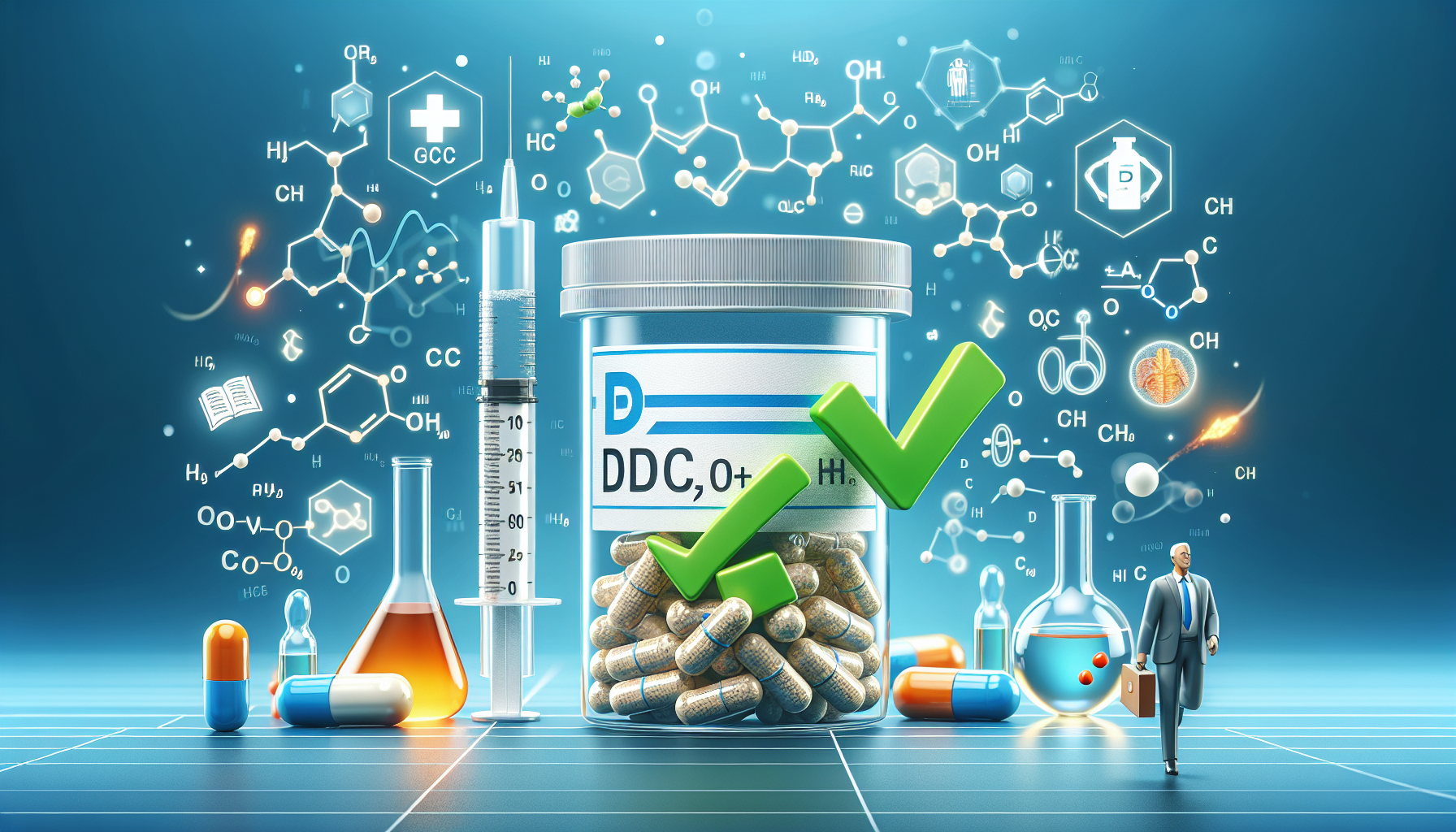Breakthrough Gel Proves Effective for Moderate-to-Severe Acne Treatment
Key Takeaways
- The triple-combination gel containing clindamycin phosphate 1.2%, adapalene 0.15%, and benzoyl peroxide 3.1% has proven to be both effective and well-tolerated for treating moderate-to-severe acne.
- Participants using the gel experienced significant reductions in both inflammatory and noninflammatory acne lesions, with 50% achieving nearly clear skin compared to 22.6% in the control group.
- The study indicates the gel may improve the quality of life for acne sufferers and presents a promising new treatment option, though further research is needed to confirm long-term benefits and safety.
Did You Know?
Introduction to Triple-Combination Acne Treatment
A recently developed triple-combination gel, composed of clindamycin phosphate 1.2%, adapalene 0.15%, and benzoyl peroxide (BPO) 3.1%, has been shown to be both effective and well-tolerated among individuals with moderate-to-severe acne. Recent findings highlight that this gel is unique in its ability to achieve almost completely clear skin outcomes, surpassing other current topical treatments.
Research Leading to Conclusions
The research, led by Leon H. Kircik from the Icahn School of Medicine at Mount Sinai, analyzed phase 2 and phase 3 studies which previously demonstrated the gel's success in treating skin conditions. By pooling data from these studies, researchers were able to more thoroughly examine the efficacy, quality of life impacts, safety, and tolerability of the gel in participants.
Study Participants and Methodology
Participants of the study ranged in age from 9 years and older, all experiencing moderate to severe facial acne. The inclusion criteria specified inflammatory lesions numbering between 30 and 100, and noninflammatory lesions between 35 and 150. Participants with no more than two facial nodules were also considered.
The participants were randomly assigned in a 2:1 ratio to receive either the triple-combination gel or a vehicle gel. The treatments were applied once daily over a 12-week period. Additional skincare products were provided to help in moisturizing, cleansing, and sun protection.
Evaluation and Assessment
Evaluations were conducted at several intervals, including baseline and the 2, 4, 8, and 12-week marks. The research team measured efficacy through lesion counts and the Evaluator’s Global Severity Score (EGSS), with success defined by reductions indicating clear or nearly clear skin. Participants also completed the Acne-Specific Quality of Life (Acne-QoL) questionnaire at baseline and at 12 weeks to assess the treatment’s impact on their life.
Tolerability and Safety
Participants reported side effects such as itching and burning on a graded scale. Additionally, the team recorded any cutaneous reactions and treatment-emergent adverse events (TEAEs) throughout the study period. Most TEAEs were mild to moderate in severity, and less than 3% of subjects discontinued treatment due to these events. Temporary increases in erythema, scaling, burning, itching, and stinging were noted but typically resolved by the study’s end.
Study Outcomes
By the conclusion of the 12-week period, 50% of participants treated with the triple-combination gel achieved successful outcomes, compared to 22.6% of those treated with the vehicle gel. Reductions in both inflammatory and noninflammatory lesions exceeded 70% for the treatment group, significantly higher than the control group's outcomes.
Summary of Findings
Overall, the triple-combination gel significantly reduced acne lesions and was effective in improving the quality of life for participants, with the majority experiencing reduced lesion counts and fewer severe side effects. This makes the gel a promising treatment option for children, adolescents, and adults with moderate-to-severe acne.
Conclusion
The data presented demonstrates that the triple-combination gel is a pioneering treatment method for managing moderate-to-severe acne. Given its efficacy and tolerability, this gel could become a favored option for both dermatologists and patients seeking effective acne treatment solutions.
Further Research
While these findings are promising, further research may be needed to confirm long-term benefits and assess any potential risks associated with extended use of the triple-combination gel. Continued monitoring and additional studies will help solidify its place in acne treatment regimens.
Implications for Clinical Practice
This breakthrough indicates meaningful advancements in dermatological treatments for acne, providing healthcare professionals with new tools to enhance patient outcomes effectively. The significant improvements noted in this study could lead to widespread adoption of the triple-combination gel in clinical practice.





